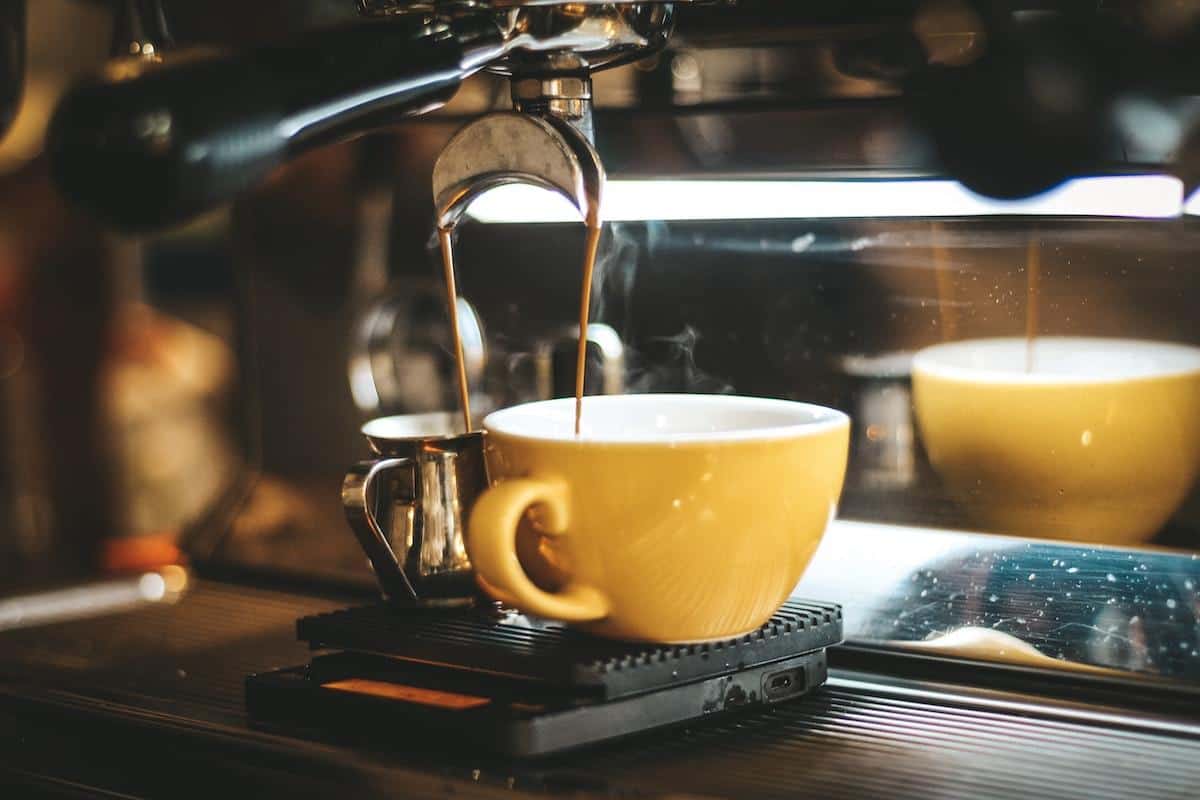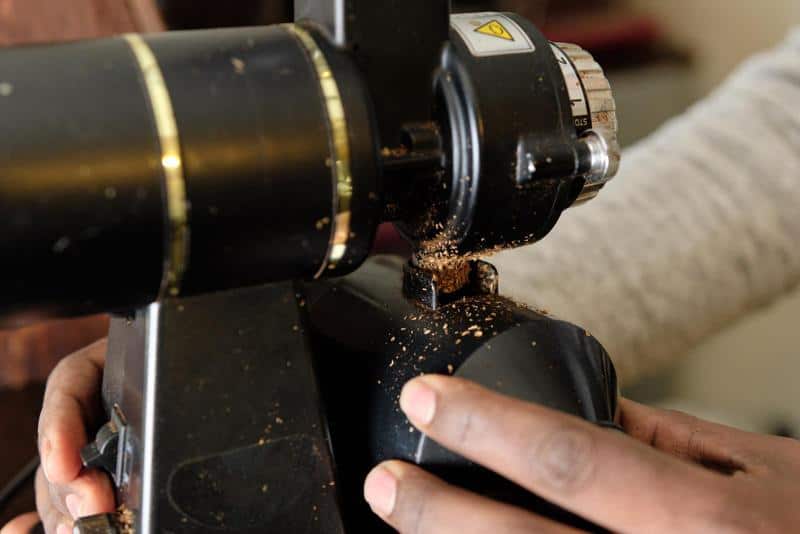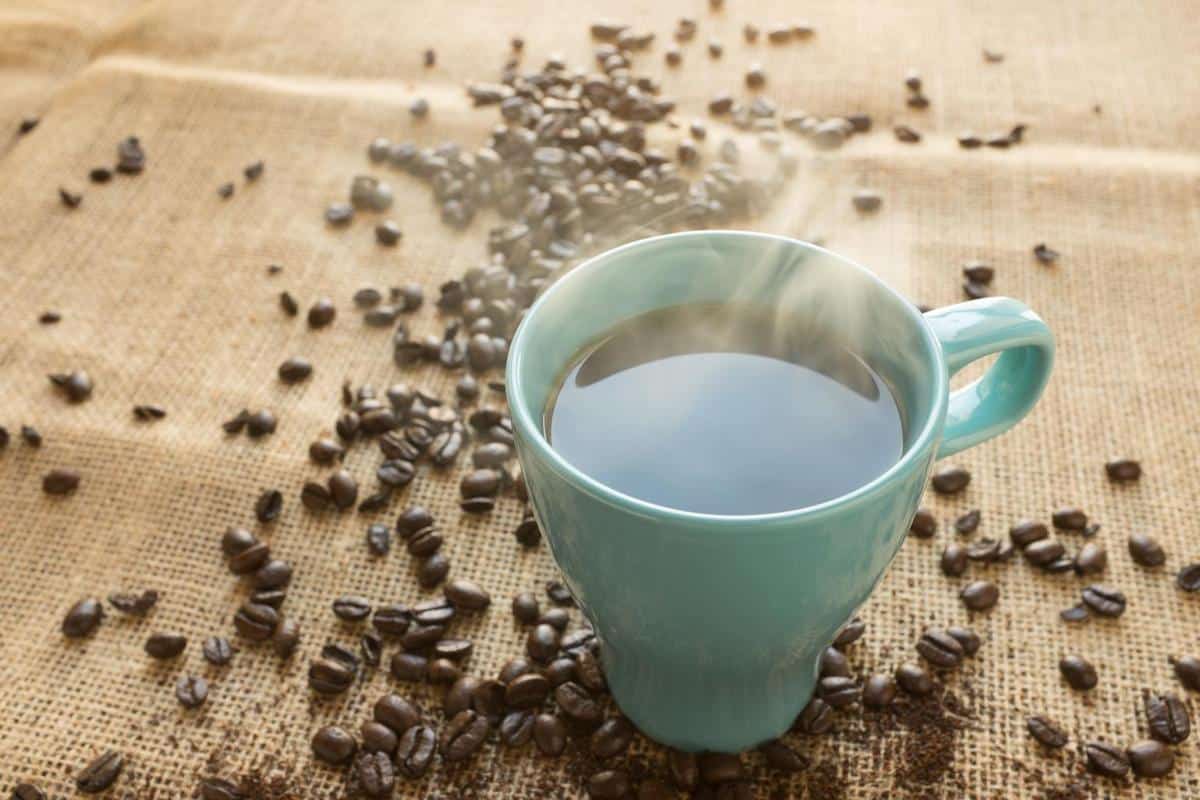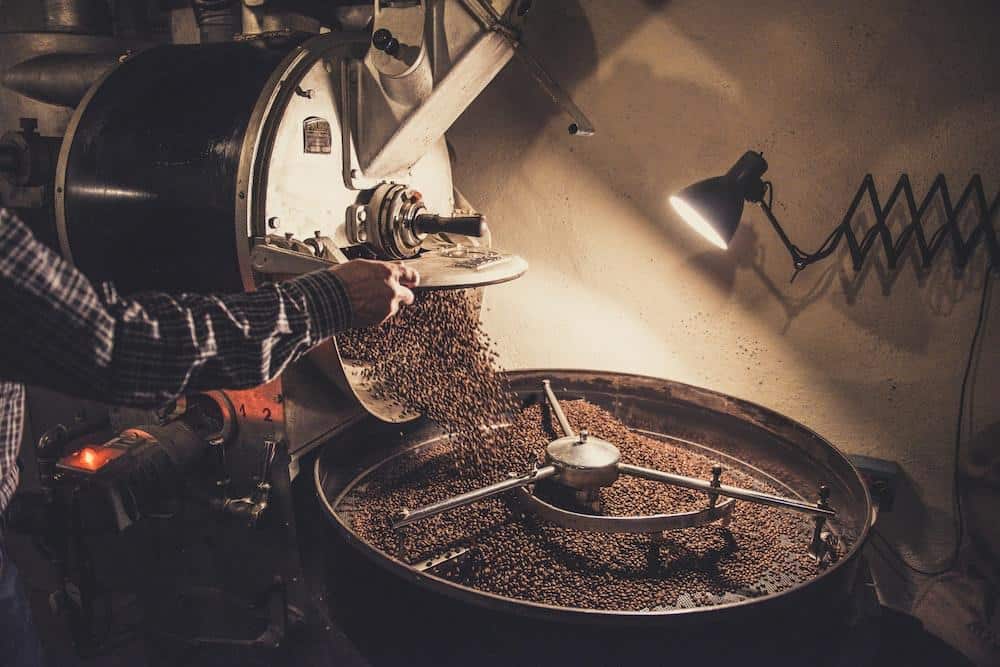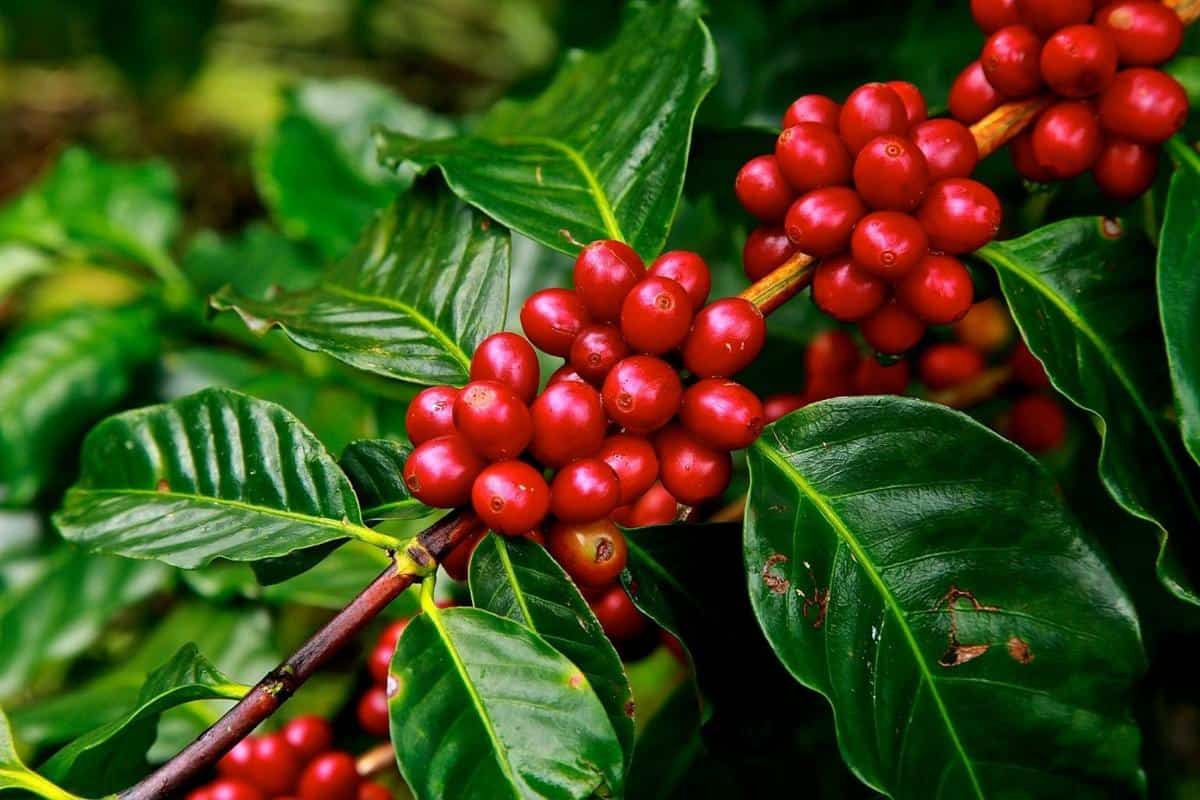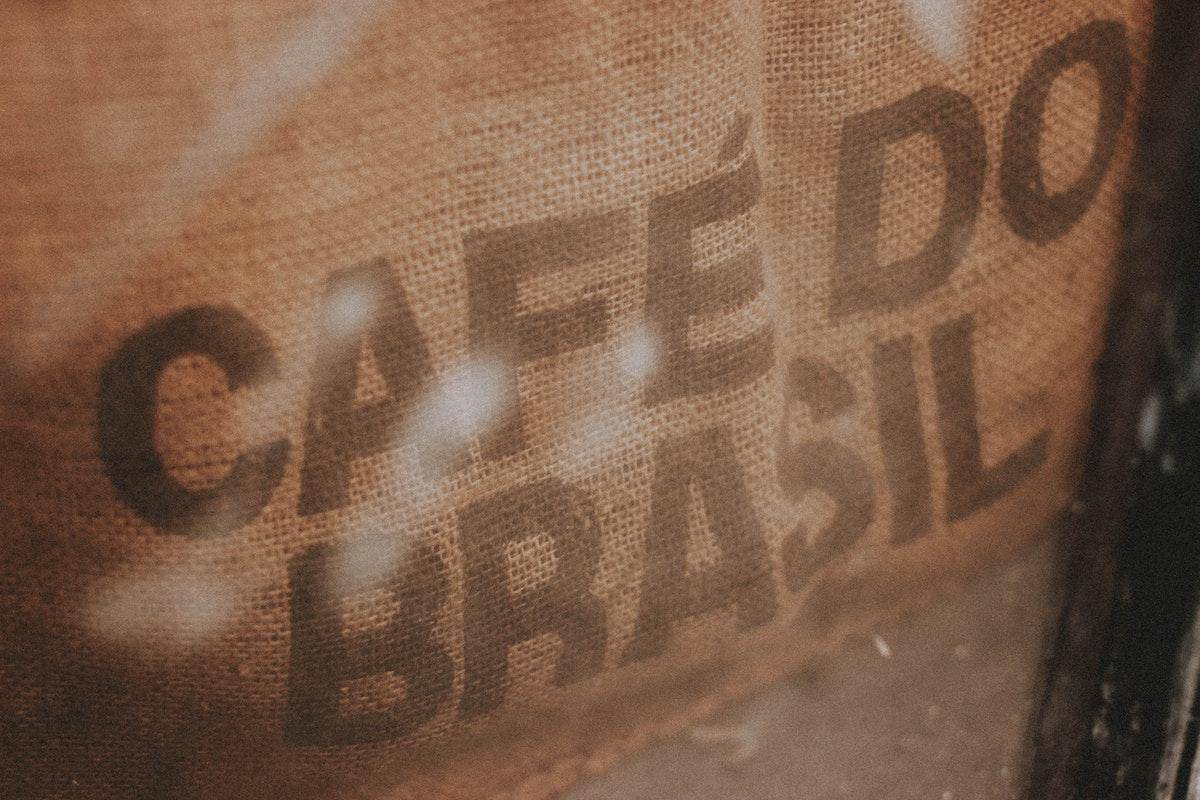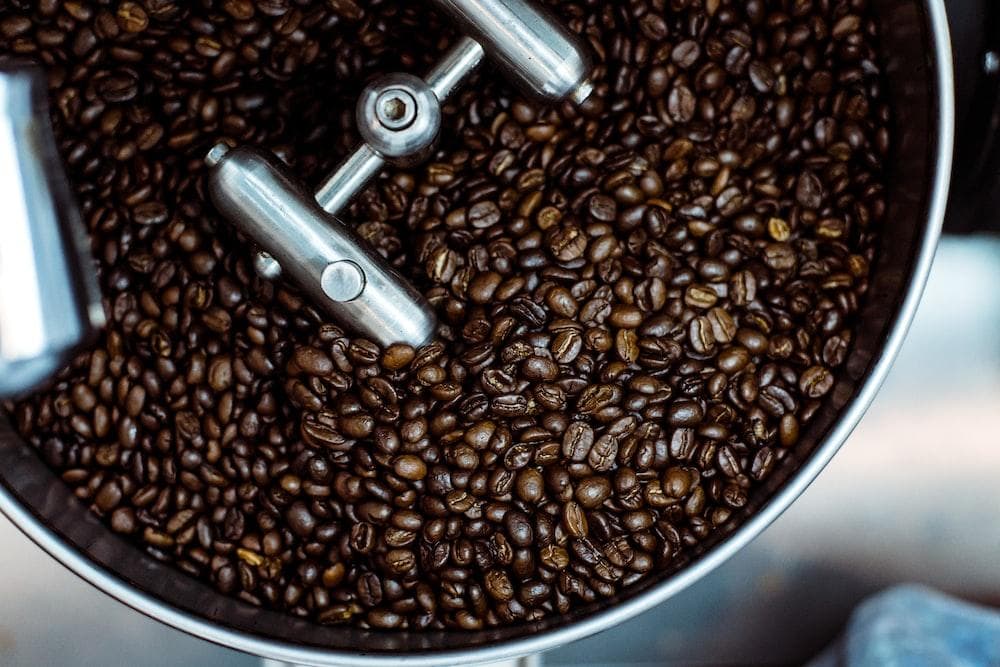Welcome to our article on understanding the perfect coffee-to-water ratio. When it comes to brewing a satisfying cup of coffee, getting the right amount of coffee grounds is crucial.
Many coffee lovers find themselves perplexed by the question: how much coffee grounds should I use for 12 cups? In this article, we will unravel the mystery behind this common dilemma and provide you with the knowledge and guidelines you need to enjoy a perfectly brewed 12-cup pot of coffee every time.
It’s no secret that the ratio of water to coffee grounds greatly impacts the taste and strength of your brew. However, there is often confusion surrounding the ideal measurements, especially when brewing larger quantities like 12 cups.
Different sources may offer varying suggestions, leaving many uncertain about which direction to take. In this introductory section, we will address these concerns head-on by discussing commonly held misconceptions and shedding light on what truly constitutes an appropriate coffee-to-water ratio for brewing 12 cups.
Determining your desired strength in a cup of coffee involves considering several factors. Personal preferences play a significant role: some individuals prefer a stronger brew that punches them awake in the morning, while others may opt for a milder and more delicate flavor profile.
Additionally, factors such as brewing methods and coffee bean quality can influence the ideal amount of coffee grounds needed for 12 cups. In our next section, we will delve deeper into these considerations and explore how they contribute to determining your personalized measurement.
Stay tuned as we reveal not only the industry-standard measurement guidelines but also helpful tips on adjusting this ratio based on various variables. We will discuss factors such as brewing equipment, water quality, roast level, and grind size that might require modifications to achieve your desired flavor profile in a 12-cup brew.
Furthermore, we will share insights on why measuring coffee grounds by weight rather than volume is key to precision and consistency. So let’s dive into the wonderful world of coffee and unlock the secrets to brewing the perfect 12-cup pot every time.
Determining Your Desired Strength
When it comes to brewing the perfect cup of coffee, the amount of coffee grounds used plays a crucial role in achieving the desired strength and flavor. Determining the right measurement can be influenced by various factors such as personal preferences, brewing methods, and coffee bean quality.
Personal preferences are highly subjective and can vary from person to person. Some individuals may prefer a stronger brew with bolder flavors, while others may enjoy a milder cup with more subtle notes. The amount of coffee grounds needed for 12 cups will depend on your desired strength.
The brewing method you choose also affects the coffee-to-water ratio. For example, if you opt for a pour-over method or a French press, you may require more coffee grounds compared to using an automatic drip machine. Each method extracts flavors differently, so adjusting the amount of coffee grounds is essential to achieve your desired strength.
Lastly, the quality of your coffee beans can impact the measurements as well. Different beans have varying levels of density and oil content, which affects their extraction during brewing. Beans that are lighter in color and more oily may require fewer grounds compared to beans that are darker and less oily.
| Factors | Influence |
|---|---|
| Personal Preferences | Determines desired strength (stronger or milder) |
| Brewing Methods | Affects extraction process (pour-over vs automatic drip) |
| Coffee Bean Quality | Density and oil content impacts extraction |
By considering these factors, you can better understand how they influence your coffee ground measurements for brewing 12 cups. Experimenting and fine-tuning the ratio to suit your preferences will ultimately result in a cup of coffee that satisfies your taste buds.
Standard Measurement
Recommended Measurement Guidelines
When brewing 12 cups of coffee, it is essential to follow the recommended measurement guidelines to achieve a balanced and flavorful brew. The industry-standard ratio for this amount of coffee is 1 to 2 tablespoons of ground coffee per 6 ounces of water. Therefore, for 12 cups (which equals 72 fluid ounces or approximately 2.1 liters) of water, you should use approximately 24 tablespoons or 12 scoops of coffee grounds.
It’s important to note that these measurements serve as a starting point and can be adjusted based on personal preferences. Some individuals may prefer a stronger brew, while others may enjoy a milder cup of coffee. By experimenting with different ratios, you can find the perfect balance that suits your taste.
The Importance of Consistency and Accuracy
Consistency and accuracy in measuring coffee grounds are crucial for achieving consistent results in each brew. Using precisely measured amounts ensures that you have control over the strength and flavors of your coffee. Inconsistent measurements can lead to under-extraction or over-extraction, resulting in weak or bitter-tasting coffee.
To ensure accuracy, it is recommended to use a kitchen scale to weigh your coffee grounds rather than relying solely on volume measurements. Weighing the grounds provides more precision as the weight remains constant regardless of factors such as density or grind size variations. Additionally, using a digital scale allows you to easily adjust the ratio if necessary by simply adding or subtracting grams.
Determining Your Preferred Strength
The standard ratio mentioned above produces a moderately strong cup of coffee that appeals to most people. However, it’s important to remember that strength is subjective, and your personal preferences may differ. If you desire a stronger brew, you can increase the amount of coffee grounds accordingly while keeping the water quantity constant.
On the other hand, if you prefer a milder cup of coffee, you can decrease the amount of coffee grounds while maintaining the same water ratio. Keep in mind that adjusting the amount of coffee grounds will directly affect the intensity of flavor and body. It may be helpful to start with the recommended measurement and make small increments or decrements until you find your ideal balance.
By understanding the standard measurement guidelines, ensuring consistency and accuracy, and fine-tuning the ratio based on personal preferences, you can confidently brew a delicious 12-cup pot of coffee every time. Experimentation is key in finding your perfect brew, so don’t hesitate to try different ratios and brewing techniques until you achieve your desired strength and flavor profile.
Adjusting the Ratio
When it comes to brewing coffee, there are various factors that can influence the perfect coffee-to-water ratio, especially when making a larger batch like 12 cups. It’s essential to understand these factors and make adjustments accordingly to achieve your desired strength and flavor profile.
One significant factor to consider is your brewing equipment. Different methods, such as drip brewing, French press, or pour-over, may require slight modifications in the ratio of coffee grounds to water. For example, a French press tends to have a longer brew time and a fuller extraction, so you might need more coffee grounds compared to using a drip brewer.
Water quality is another important variable. If your water has high mineral content or impurities, it can affect the taste of your brewed coffee. In such cases, you may find that using slightly more coffee grounds can help counterbalance any undesirable flavors introduced by the water.
The roast level and grind size of your coffee beans also play a role in determining the perfect ratio. Darker roasts often have stronger flavors and therefore require fewer grounds, while lighter roasts may benefit from slightly more for a richer taste. Additionally, adjusting the grind size can impact the extraction process – finer grinds typically require less time to extract flavors than coarser grinds.
While there are general guidelines for measuring coffee grounds based on the number of cups being brewed, it’s essential to fine-tune those measurements based on personal preferences. Some individuals prefer a bolder and stronger brew with more intensity, while others enjoy a milder cup with less pronounced flavors. Experimentation is key when finding your ideal personalized measurement for 12 cups of coffee.
Calculating Coffee Grounds
To ensure precision and consistency in your coffee brewing, it is important to measure your coffee grounds by weight rather than volume. This allows for greater accuracy and allows you to fine-tune the coffee-to-water ratio for optimal taste.
When measuring your coffee grounds by volume, such as using tablespoons or scoops, there can be variations in the density of the grounds that can affect the strength and flavor of your brew. By weighing the grounds, you eliminate these inconsistencies and ensure a consistent cup of coffee every time.
To convert volume measurements to weight, you can use a simple formula. The approximate weight of one tablespoon of coffee grounds is around 5 grams, while one fluid ounce of water weighs about 30 grams. So if a recipe calls for 1 tablespoon of coffee grounds per 6 fluid ounces of water, you would use approximately 10 grams of coffee for 180 grams (or 6 ounces) of water.
Using a digital scale to measure your coffee grounds will give you precise control over the strength and flavor profile of your brew. Simply place your brewing vessel on the scale, tare it to zero, then add your desired amount of coffee beans or pre-ground coffee until you reach the desired weight.
By weighing your coffee grounds, you have the flexibility to adjust the recipe based on personal preferences or specific variables such as roast level or grind size. It also allows you to consistently replicate that perfect cup of coffee each time you brew.
| Volume Measurement | Weight Measurement |
|---|---|
| 1 tablespoon | 5 grams |
| 1 fluid ounce (water) | 30 grams |
Brewing Techniques and Tips
Introduction to Brewing Techniques
Brewing a delicious cup of coffee is not just about the coffee-to-water ratio, but also the brewing technique used. Different brewing methods extract unique flavors and aromas from the coffee grounds, allowing you to enhance the overall flavor profile of your 12-cup brew. Here are some popular brewing techniques that can take your coffee experience to the next level:
Pour Over Method
The pour over method is a classic technique that involves pouring hot water over the coffee grounds in a slow, controlled manner. This method allows for precise control over extraction and is known for producing a clean and vibrant cup of coffee. To use this method for your 12-cup brew, you will need a pour-over dripper, paper filter, kettle with a gooseneck spout, and fresh coffee grounds.
Begin by placing the paper filter inside the pour-over dripper and rinsing it with hot water to remove any papery taste. This also preheats your brewing equipment. Then, add the desired amount of freshly ground coffee into the filter-lined dripper. Start pouring hot water evenly over the grounds in a circular motion, saturating them completely. Allow the water to drip through slowly, maintaining a steady pour rate until you’ve reached your desired volume.
French Press Method
The French press method is beloved for its full-bodied and robust flavor profile. It’s an excellent choice when brewing larger quantities like 12 cups. To use this method, you’ll need a French press pot or plunger pot, coarsely ground coffee, and hot water.
Start by preheating your French press pot with hot water while you grind your coffee beans to a coarse consistency. Discard the preheating water from the pot before adding your ground coffee. For 12 cups of coffee, add approximately 78 grams (or 13 tablespoons) of coffee grounds to the pot.
Then, slowly pour hot water over the coffee, saturating all the grounds. Place the lid and plunger on top, but do not press it down yet. Let the coffee steep for about 4 minutes, then gently press down on the plunger to separate the grounds from the brewed coffee.
Additional Tips for Brewing
Regardless of the brewing method you choose, there are a few additional tips that can further enhance the flavor of your 12-cup brew:
- Use freshly roasted whole beans and grind them just before brewing to preserve maximum freshness and flavors.
- Experiment with water temperature to find your preferred range. Generally, aim for between 195°F and 205°F (90°C – 96°C) for best results.
- Consider investing in a burr grinder instead of a blade grinder for more consistent particle size, leading to improved extraction.
- Practice patience when pouring or pressing your coffee; slow and steady allows for better extraction without over-extraction.
By experimenting with different brewing techniques and following these tips, you can unlock new dimensions of flavor in your 12-cup batch of coffee. Remember that taste preferences vary, so feel free to adjust certain parameters such as grind size or brew time until you achieve your desired results.
Troubleshooting
Brewing a larger quantity of coffee, such as 12 cups, can sometimes come with its own set of challenges. To ensure a delicious and satisfying brew every time, it’s important to be aware of some common issues that may arise and the solutions to overcome them.
- Over-Extraction: One common problem is when the coffee tastes bitter or overly strong. This can happen when the coffee grounds are over-extracted, meaning they have been in contact with water for too long. To solve this issue, try adjusting the brewing time or grind size. A coarser grind can help reduce extraction and produce a milder cup of coffee. Additionally, using filtered water instead of tap water can improve the overall taste by reducing any impurities.
- Under-Extraction: On the other hand, if your coffee tastes weak or lacks flavor, it may be under-extracted. This means that not enough flavor has been extracted from the coffee grounds due to insufficient contact time with water. To address this problem, try increasing the brewing time slightly or using a finer grind size. These adjustments will allow for better extraction and result in a more robust and flavorful cup.
- Bitterness or Weak Flavors: If you’re experiencing a bitter taste despite properly measuring your coffee grounds, consider checking your brewing equipment. Sometimes, an old or poorly maintained coffee maker can lead to inconsistent brewing temperatures or uneven extraction – both of which can contribute to bitterness or weak flavors in your brew. Ensuring that your equipment is clean and functioning properly will help produce better-tasting coffee.
By troubleshooting these common issues and implementing the appropriate solutions, you’ll be able to enjoy a delicious 12-cup brew without any unwanted taste profiles. Remember that experimentation is key in finding what works best for you and your preferences.
Conclusion
In conclusion, mastering the perfect 12-cup brew requires proper coffee ground measurements. The right amount of coffee grounds plays a crucial role in achieving a satisfying cup of joe. Throughout this article, we have explored the different factors that influence coffee ground measurements, the recommended measurement guidelines for brewing 12 cups of coffee, and the adjustments that may need to be made based on individual preferences.
One key takeaway from this discussion is the importance of experimentation and personal adjustment. Personal preferences, brewing methods, and coffee bean quality all contribute to determining the desired strength of your brew and therefore affect the amount of coffee grounds needed for 12 cups. It is essential to find the ratio that suits your taste by fine-tuning various variables such as brewing equipment, water quality, roast level, and grind size.
Additionally, it is worth noting that measuring coffee grounds by weight rather than volume brings precision and consistency to your brewing process. Converting volume measurements to weight ensures accuracy in achieving the desired flavor profile. By utilizing a simple formula to calculate coffee grounds by weight, you can optimize taste and extract the full potential of your beans.
Frequently Asked Questions
How many grams of coffee grounds for 12 cups?
The amount of coffee grounds needed for 12 cups of coffee can vary depending on personal preference and the strength desired. As a general guideline, a good starting point is to use around 15 grams of coffee grounds per cup. Therefore, for 12 cups of coffee, you would need approximately 180 grams of coffee grounds.
What is the ratio of coffee grounds to cups?
The ratio of coffee grounds to cups can also be expressed as the amount of coffee in relation to water used. A common recommendation is to use one tablespoon (around 7-8 grams) of coffee grounds per 6 ounces (or roughly one cup) of water.
Applying this ratio to a 12-cup pot, you would require about 24 tablespoons or around 168 grams of coffee grounds.
How much coffee do I need for 12 cups of cold brew?
When making cold brew, the brewing process typically involves using a higher ratio of coffee to water due to the extended steeping time. It is recommended to use around one part coarsely ground coffee to four parts cold water by weight.
Therefore, for 12 cups (~2880 mL) of cold brew, you would generally require approximately 360 grams (~13 ounces) of coffee grounds.
How much coffee grounds for 8 cups of coffee?
For an 8-cup pot of regular brewed hot coffee, you can calculate the amount of coffee grounds based on the same guideline mentioned earlier: one tablespoon (7-8 grams) per six ounces (or one cup) of water. Applying this ratio to eight cups, you would need roughly 64 tablespoons or about 448 grams (~16 ounces) of coffee grounds.
How do you make coffee in a 12-cup coffee maker?
To make coffee in a 12-cup coffee maker, start by measuring and adding the appropriate amount of cold water into the reservoir according to your desired number of cups. Typically, each “cup” in a standard coffeemaker equals about five fluid ounces or roughly 150 milliliters. Next, place a paper filter in the designated slot in the brewing basket and add the desired amount of coffee grounds.
The general recommendation is to use one tablespoon (7-8 grams) of grounds per cup. Finally, close the lid and turn on the coffee maker, allowing it to brew until all the water has passed through the coffee grounds and filled the pot. Once brewed, you can then enjoy your freshly made 12 cups of coffee!

